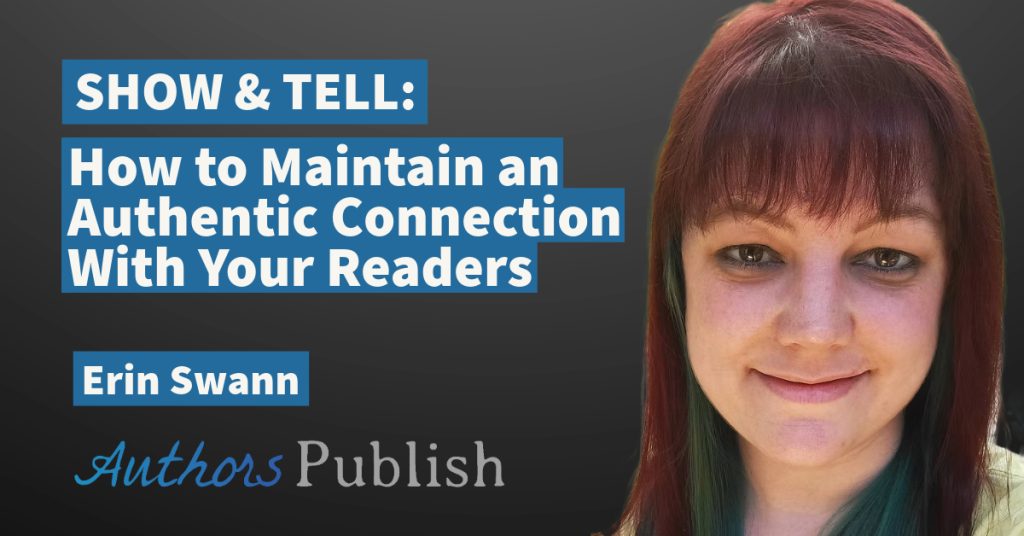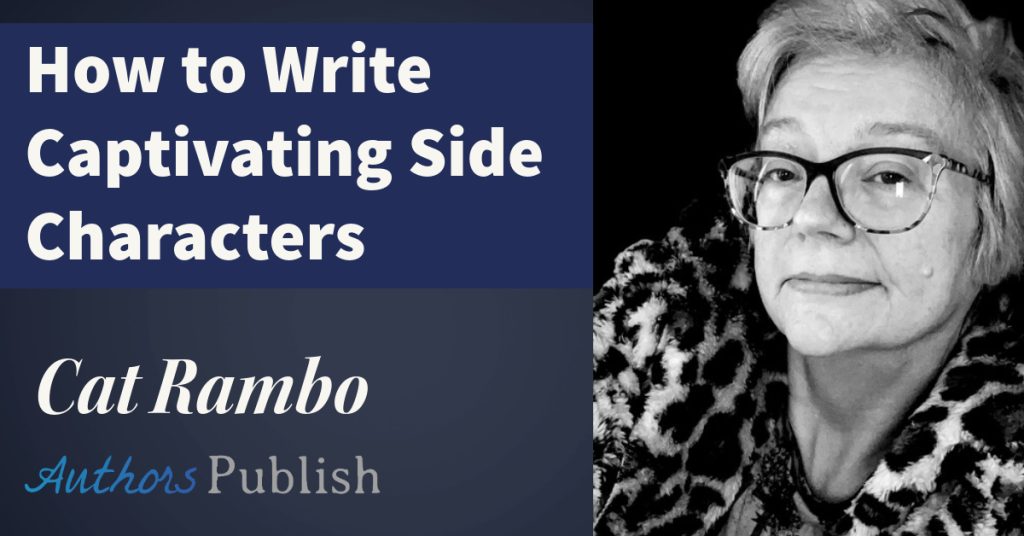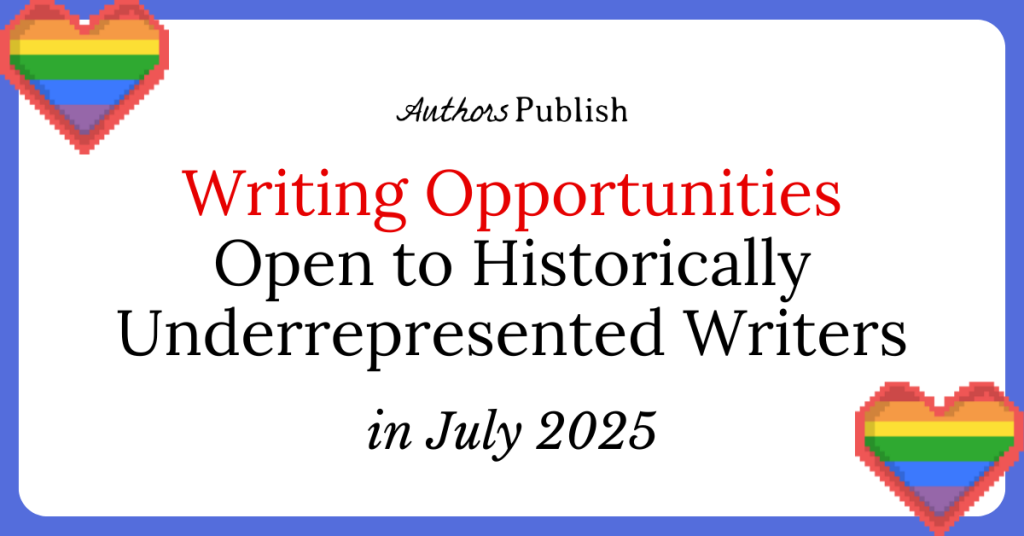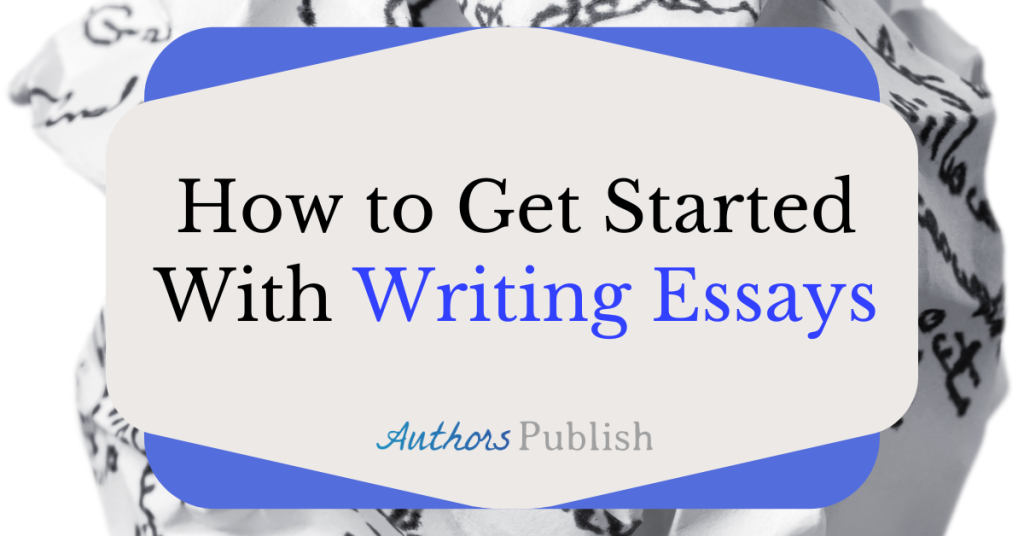By Adele Annesi
Whether you write fiction or nonfiction, short pieces or books, one of the biggest mistakes you can make is submitting your work too soon. This holds true no matter how long you’ve been writing or what project you’re working on. Wherever you are in your writing career, there are guidelines to follow and key questions to ask to avoid the slush pile, gain positive notice, and keep learning along the way.
As a writer, an instructor at the Westport Writers’ Workshop, and a longtime development and book editor, I see insufficient development as the most common problem for emerging and established writers alike, regardless of genre. Because I focus on thoroughness, especially to differentiate one writer’s work from another’s, I can’t just see writers’ strengths, or those of their work. I have to look for what’s not there. The project won’t be published otherwise. And that won’t work well for me or the writer.
There are more venues for writers today than ever. But more writers are submitting their work so competition is stiffer. This means writers can’t be content to just polish their projects; they must make sure they’re complete. Thoroughness is a hallmark of proficiency. It separates amateurs from professionals, emerging writers with promise from those without, and longtime writers with their heads still in the game from those on autopilot.
So were do we usually find underdevelopment, and how do we address the gaps? The most common areas of underdevelopment — and opportunity — are premise, people, plot (story), and process. Since writers don’t always know (or want to know) something is missing, the first step is to assume that somewhere there’s a missed opportunity.
Premise
The main consideration with premise is to sufficiently explore the reason why the topic or theme is important, to you and others, and to do so throughout the work:
- Why is the project important enough for you to write about it, and how might it benefit others?
- Have you structured and treated your premise in an original way; how does it reflect your unique take on the theme or subject?
- What special knowledge and insights can you work into the dough?
- What would people miss out on if they don’t read this work?
People
Most missed opportunities here relate to sufficiently developing what the people in the story think and feel, their inferiority, whether through straight narrative or through scene and dialogue:
- When you include someone in a story, you tell the reader the person is important. Are all of the people three-dimensional enough for readers to visualize them?
- Regardless of the point of view you use to write the story — first, second, third, close or distant —have you considered each scene from the perspective of each person in it?
Plot (Story)
The most commonly missed opportunity here is context. In The Situation and the Story, Vivian Gornick defines “situation” as what’s happening and “story” as the writer’s main point about it. The main thing to remember is that situations can’t remain static:
- What is the backdrop of the story? What obstacles are presented?
- Would a braided narrative, or subplot, enhance the story?
- What is the tension or conflict? What do the people in the piece want? What’s standing in their way, and what will they do to overcome it?
Process
Many writers either don’t have a specific process in mind when they begin a project, or they’re relying on a plan they’ve used for a while that might benefit from an overhaul. Either, the minimum number of drafts for a work is six: outline, first draft, revision, polish, revision after a beta reading, line edit, and final proofread. For more on process, see the next section.
How to Prepare Your Work
To prepare your work for submission, use this checklist:
- Give the work sufficient time and distance: After you finish a draft, put it aside, and work on a different writing project or take a bit of time off.
- When you read a completed draft, imagine you’re an editor who has never seen the work before. Where are there gaps?
- Use the poetry rule of three: Read the work aloud. Read it in a different location than where you normally write. Read it with different pacing.
- Send the work to a trusted beta reader: If the feedback initially seems unexpected or severe, don’t react immediately. Skim the comments, and put them aside. When you return to the piece, ask yourself which comments feel right (albeit uncomfortable) and fit your vision for the work.
- Hone your editing skills by reading the works of others: Join a critique group, and apply the same rigor to your work as you apply to theirs.
- Get editorial training: Consider volunteering to read submissions for a reputable literary journal. You’ll gain a better sense of what people are writing, how editors select pieces for publication, and how the publication process works.
- Do your homework: Research where to send your work and to whom. While there are more venues than ever for writers, gone are the days when you can press send and get a piece published.
- Get referrals: Contacts can still help get your foot in the door. But only diligence and skill in completing the work will keep you there.
- Be an explorer: Whether you’re just starting out or an established author, see yourself as in continual discovery mode and always learning.
When we’ve been writing a while, we think we know when we’re done with a piece. If we’re just starting out, we hope we know. Asking yourself the questions offered here and answering them honestly will help avoid this trip. And be intentional in your search for what’s missing from your project. You only have one chance to make a first impression, and if you’re doing so online that impression can last a while, so let your first impression be your best.
Adele Annesi is an award-winning writer and editor, and co-author of Now What? The Creative Writer’s Guide to Success After the MFA. A founder of the Ridgefield Writers Conference, book editor and former development editor for Scholastic, Adele has published work in 34th Parallel, Midway Journal, the Washington Independent Review of Books and Southern Literary Review, where she was managing editor. Her work has been anthologized for Chatter House Press and Essays About Life Transitions by Women Writers. Adele teaches at Westport Writers’ Workshop.






